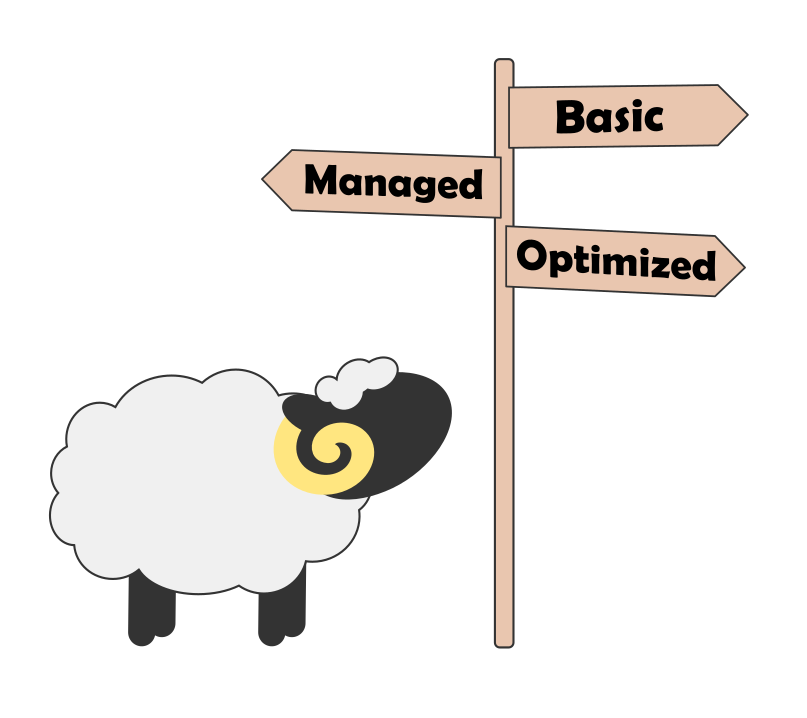Introduction
Content preservation is perhaps one of the more challenging sections of DPC RAM and one that many institutions make progress on only once other elements of digital preservation are more established. It focuses on the need to be able to enable digital content to be rendered and understood for the long term.
“My top tip for this section of RAM is to communicate your needs to management - whether this be for more training, for more time or more resource. If there is something that is stopping you from moving forward, don’t let it get forgotten. Make sure you are vocal and visible.” - Nicola Steele, Grosvenor Estates
-
Avoid the trap of performing digital preservation actions pre-emptively. Only change digital content when there is a clear risk or access need.
-
Use tools such as DROID to gain an understanding of what you have and to start to consider the preservation risks and actions that may need to be taken. DROID not only helps identify the file format of your files but can also highlight files that are password protected.
-
Supplement information gathered with file format identification tools with a more in-depth understanding of particular file formats such as that provided by the Library of Congress’s Recommended Format Statement.
-
Think carefully about whether file format validation is a necessary step in your workflow. A number of validation tools are available for different content types to check whether a file conforms to a particular file format specification. These tools are used widely in digital preservation, but do not assume they are always a useful step in your preservation workflow without establishing why you need them and how you might act on the results.They may provide valuable information you could use to improve a content creation or migration workflow but in many cases may just create additional metadata that you may never act on. On this topic, this blog post from Paul Wheatley is well worth reading: A valediction for validation?
-
Remember that the preservation actions that you carry out need to be chosen with an eye on user needs. Current and future users and use cases for the digital content should help inform your decisions with regard to preservation approach.
-
Communicate your needs (and the needs of the content you are preserving) to senior management. Some of the actions within this section of RAM can be quite time consuming and may require additional resource, knowledge or skills. Having a clear picture of what you are trying to achieve and why will help with making the case for this work.
-
Adopt a suitable metadata standard (e.g. PREMIS) to enable key information about any preservation actions you take to be fully captured.
-
Tool demos within the Digital Preservation Handbook - for example those that can be used to characterise digital content - DROID
-
Aus Preserves Ingest and Pre-ingest training modules - these training materials are available to download in full, including slide decks, participant handbooks and workbooks. The module on file format characterisation could be of particular interest.
-
Understanding User Needs - a DPC Technology Watch Guidance Note by Sharon McMeekin which explains different methodologies for finding out what your users want
-
Data Types Series, Technology Watch Guidance Notes - a set of guidance notes by Artefactual Systems and the DPC focusing on different types of data and providing a brief overview of some of the challenges and preservation approaches that can be taken - titles include 'Preserving Datatabases', 'Preserving Spreadsheets' and 'Preserving CAD'.
-
Technology Watch Reports - the DPC series of Technology Watch Reports cover a range of different topics, many of which focus on specific types of data or formats and would provide a useful source of reference to guide preservation decisions. See for example Preserving Born-Digital Design and Construction Records, Pragmatic Audiovisual Preservation and Preserving Email. The full report series can be found here.
-
COPTR - this tool registry can help identify useful tools for file format identification, validation, as well as file format migration
-
Preservation planning and Technology Watch - a DPC briefing day on this topic in 2021. Slides from the event are available on the event page and DPC Members can login to the website to see recordings of the presentations.
-
The ‘Bit List’ of Endangered Digital Species - this resource provides a snapshot of the concerns expressed by the global digital preservation community about the risks faced by different types of digital content. It can be used to better understand the wider risks to content you may hold, and to advocate for any action that needs to be taken.
-
The Theory and Craft of Digital Preservation - this excellent book by Trevor Owens provides some valuable insights into some of the challenges of content preservation including the decision-making around how to preserve complex digital objects.
-
On a Transparent Process for Digital Preservation - Leslie Johnston discusses NARA’s methodology and framework for assessing risks to specific file formats and establishing preservation plans
-
Teaching a Young Dog Old Tricks: Emulation Research at the National Library of Scotland - Sara Day Thompson and Graham Purnell share their experiences at getting started with emulation
-
Evolving File Format Identification, Migration, and Management for Preservation through Tool Development - Tom Smyth and Maxime Champagne from Library and Archives Canada detail their process for identifying files and assigning them to a risk category which can be used to help inform appraisal decisions
-
Resurrecting the Digital Past: Access to artistic content on CD-ROM - this award winning study from sasha arden describes a student project to extract and preserve digital art from CD-ROM
-
What are the significant properties of a WordStar file? - as part of a series of blog posts about the preservation of a set of WordStar files at the University of York, Jenny Mitcham blogs about the characteristics that need to be prioritized for preservation in any file migration that is carried out.
-
Walking a tightrope across the gap of digital preservation and environmental sustainability: The National Archives of the Netherlands and the challenge of achieving a climate-neutral digital archive (2023) – written by Sophia van Hoek, this describes trying to find the ‘acceptable compromise’ between digital and environmental sustainability. She looks specifically at fixity checking, tools for file identification and migration v. emulation, and considers how a different approach could reduce the environmental impact of their digital preservation activities.















































































































































